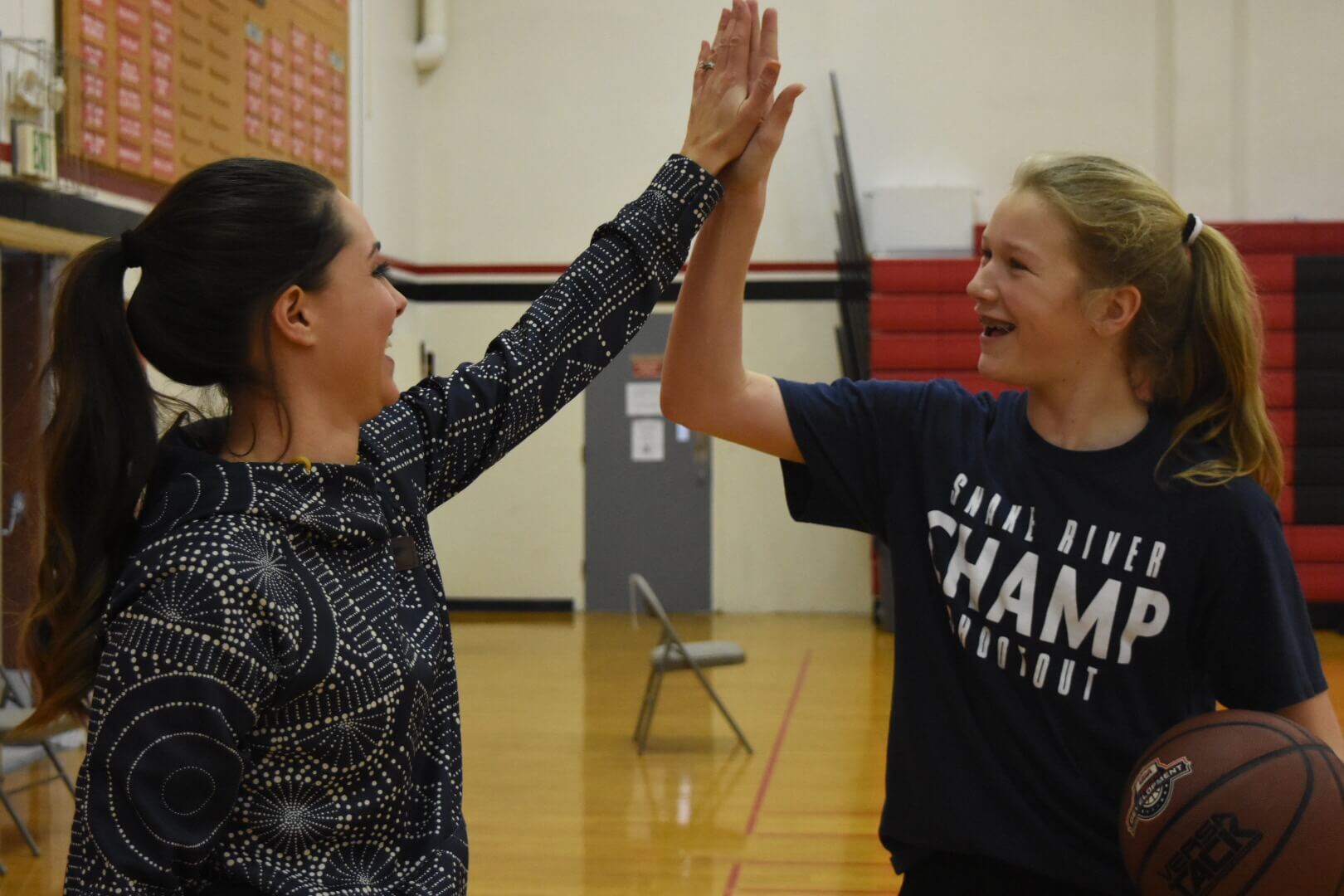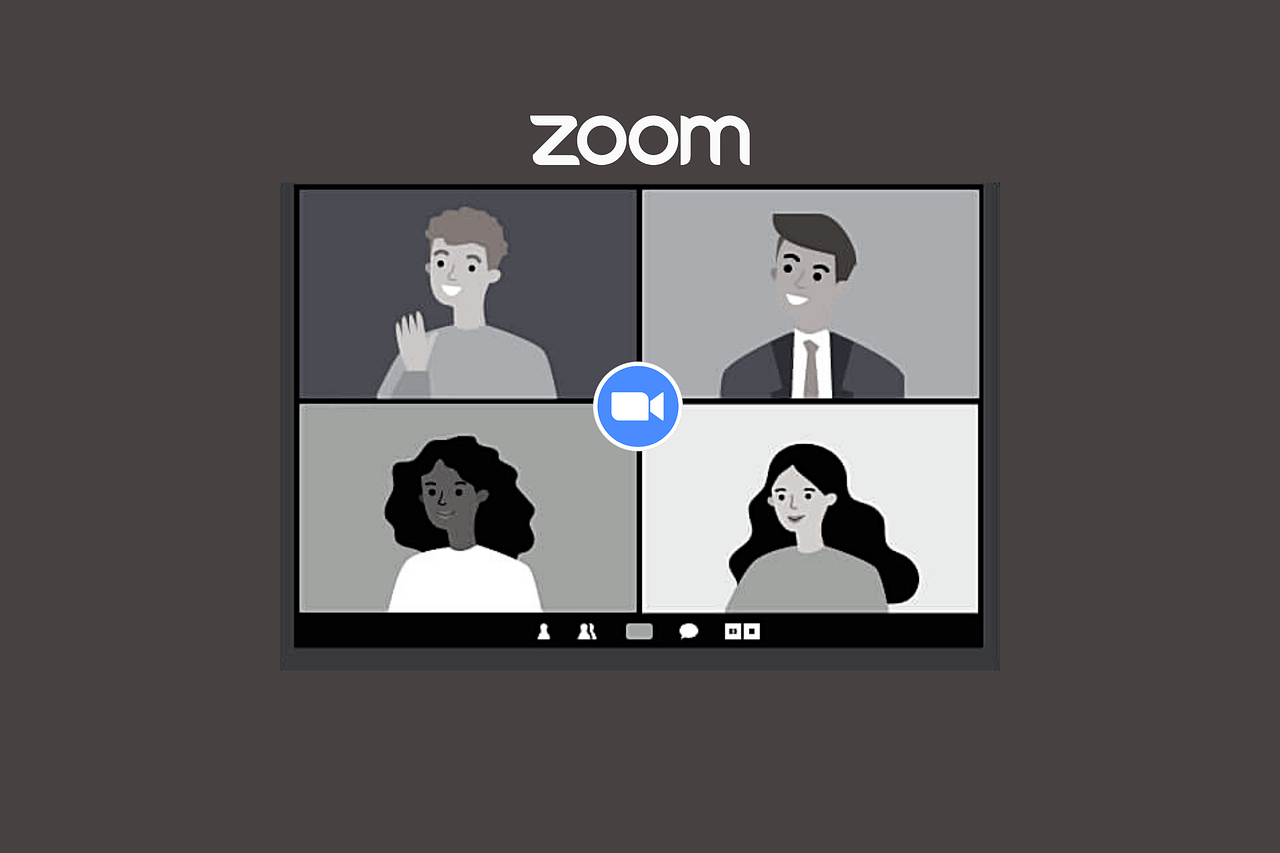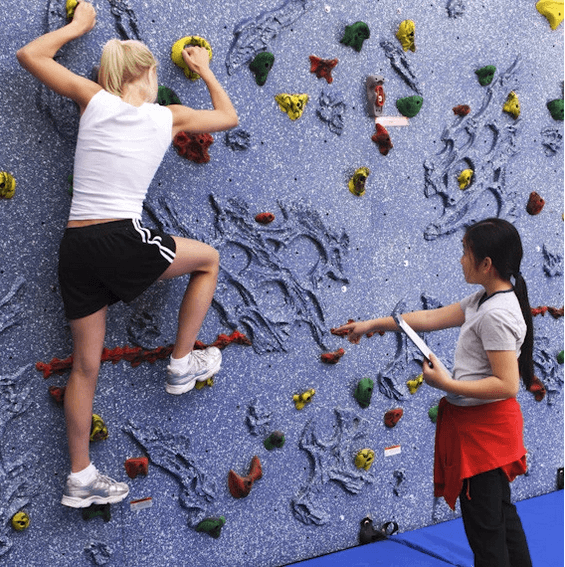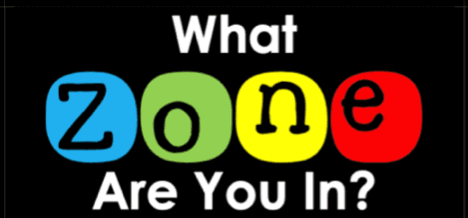
At the beginning of every class I check-in with my students. I want to see how they are feeling both physically, mentally, and emotionally. Check-ins help me build relationships with my students and lets them know I care about them. I want them to understand that I am always there to listen and support them and that I authentically care about them as a person. Currently, I do this through the Zones of Regulation which is an amazing visual for both my students and me.
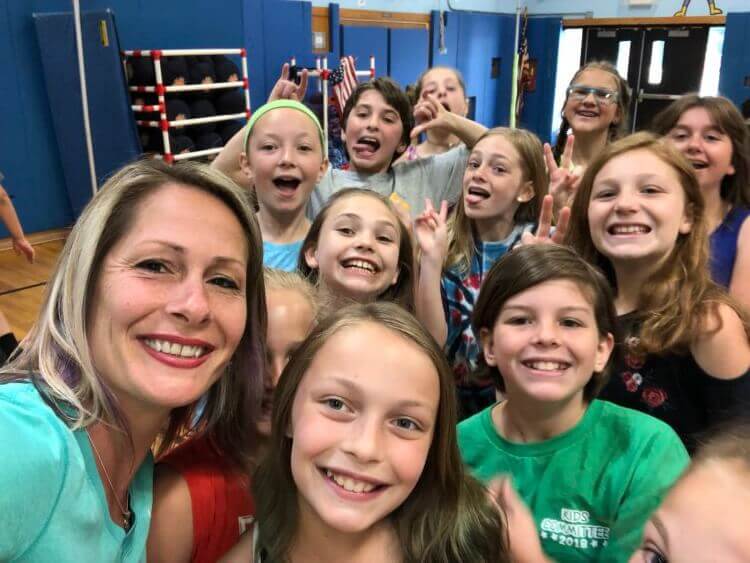
The Zones of Regulation is a systematic approach used to teach students self-regulation by categorizing all the different emotions they are feeling into four colored zones. The red zone is used to describe feelings of anger, rage, feeling out of control, feeling terrified, etc. The yellow zone describes feelings of frustration, fear, anxiety, excitement, etc. The green zone is where we would like our students when learning. This zone is depicted by feelings of calm, focus, and feeling ready and eager to learn. The blue zone is used to represent feelings of sadness, sickness, boredom, tiredness, etc.
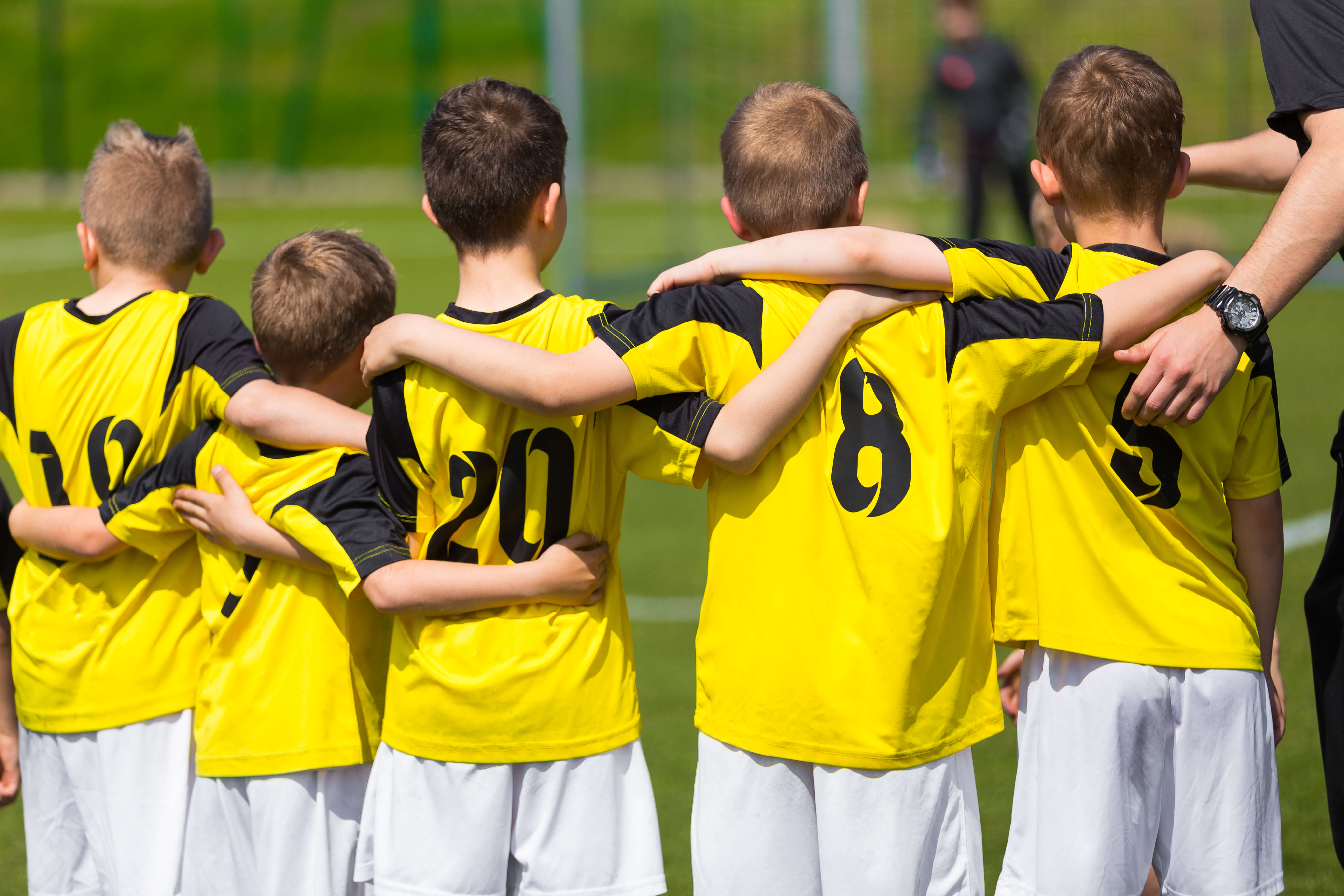
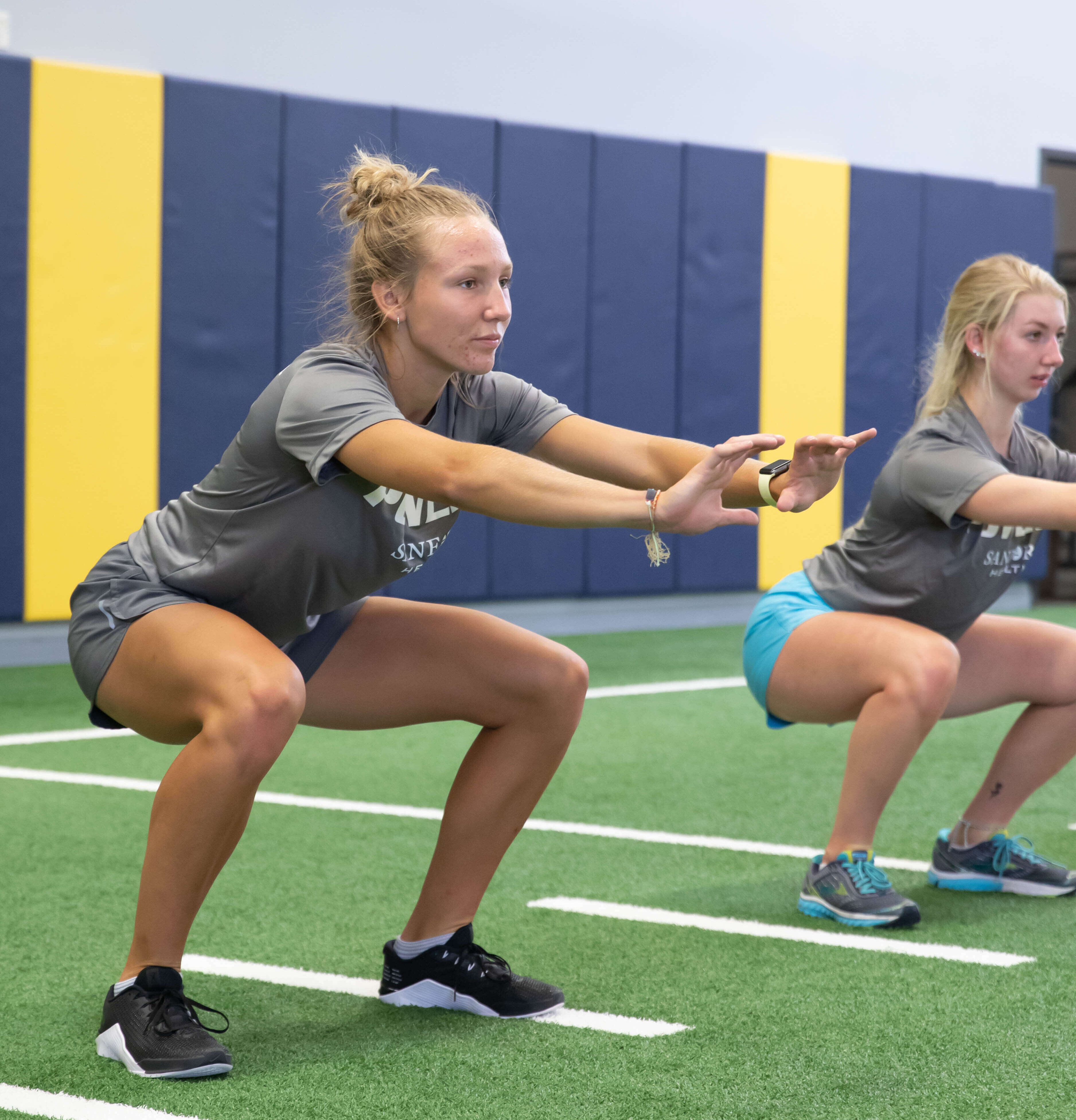
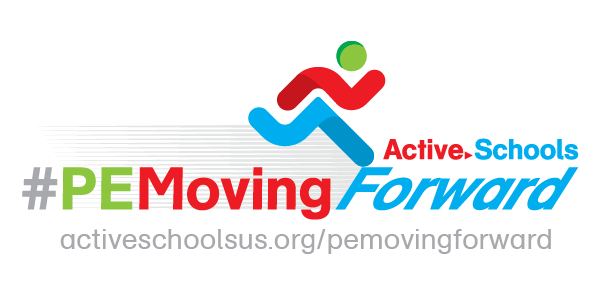 What Is It?
What Is It?